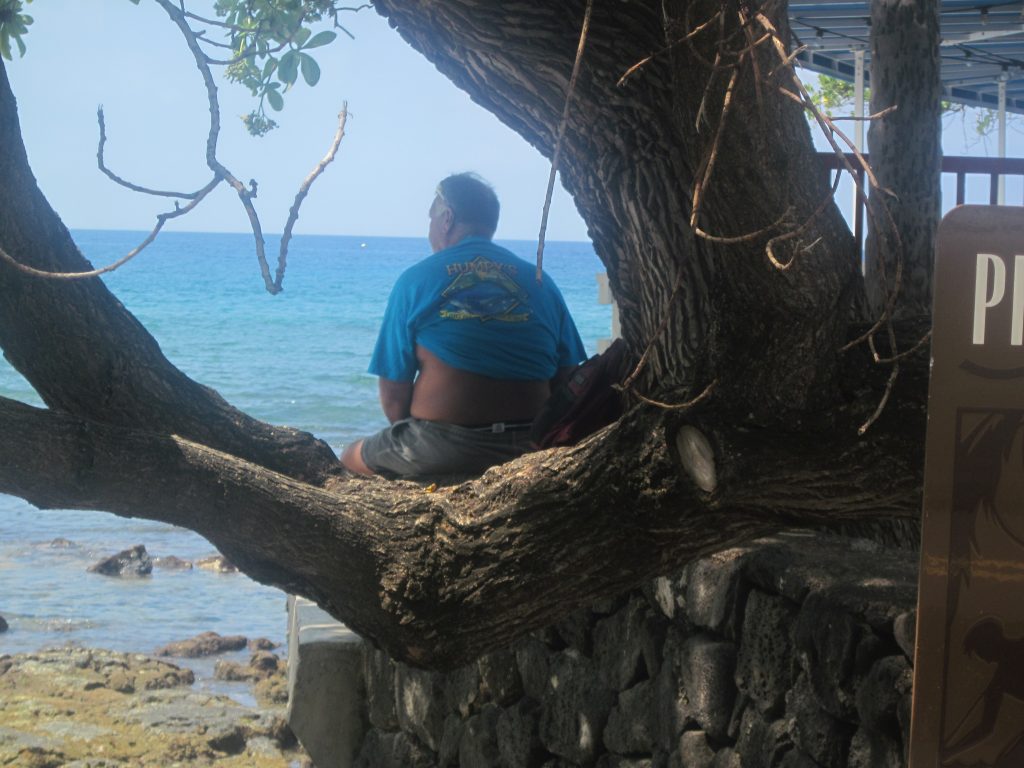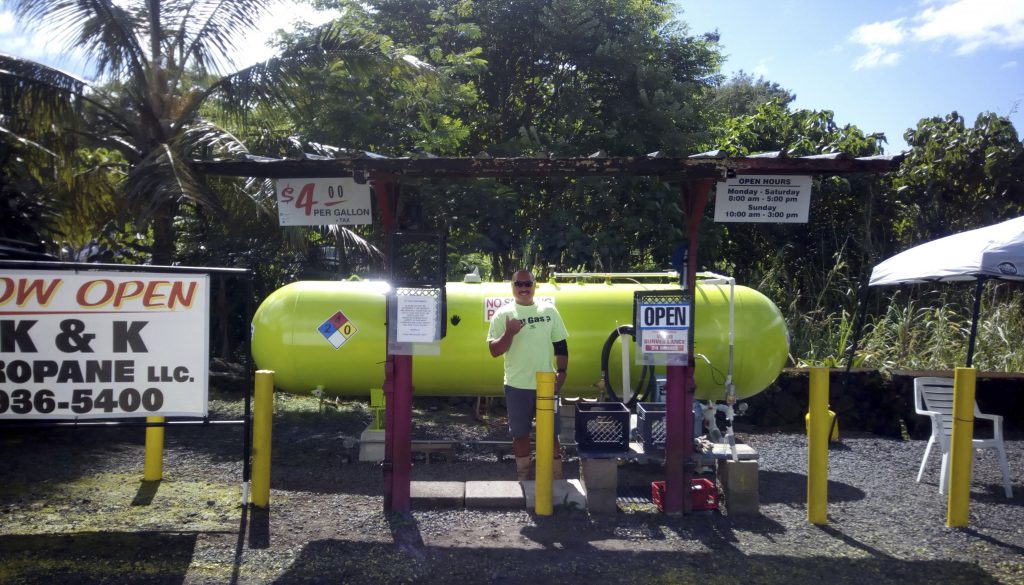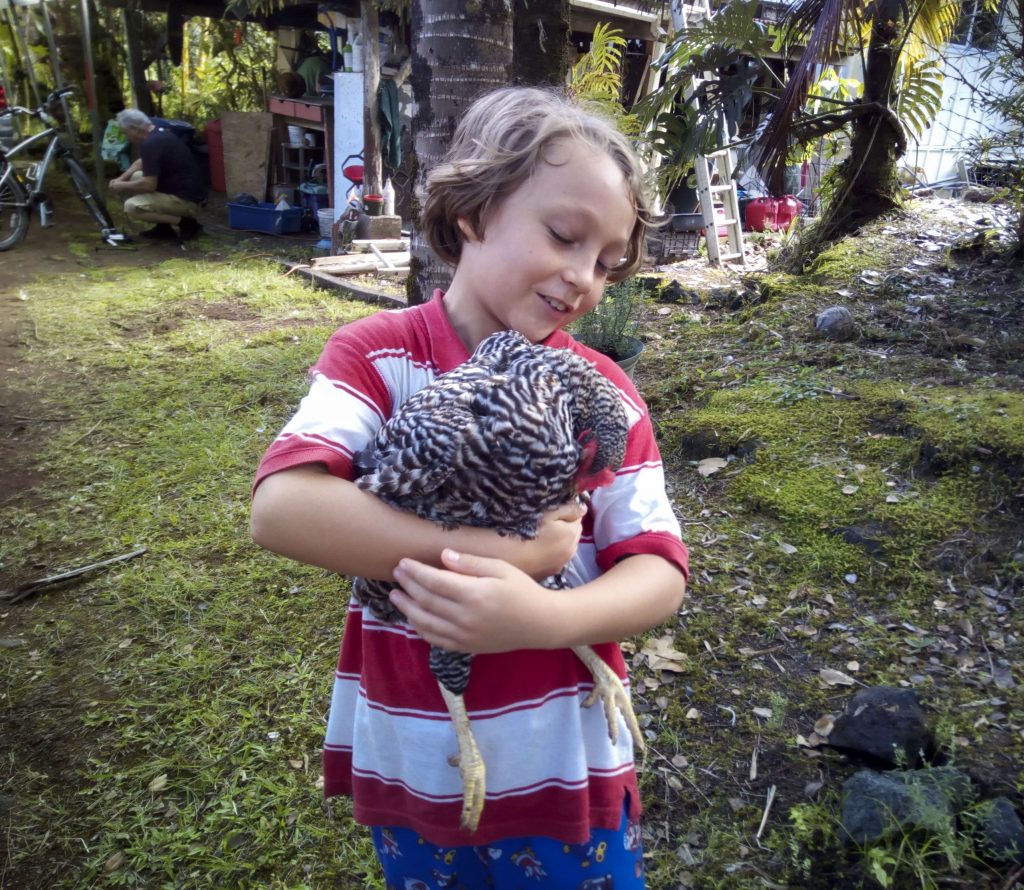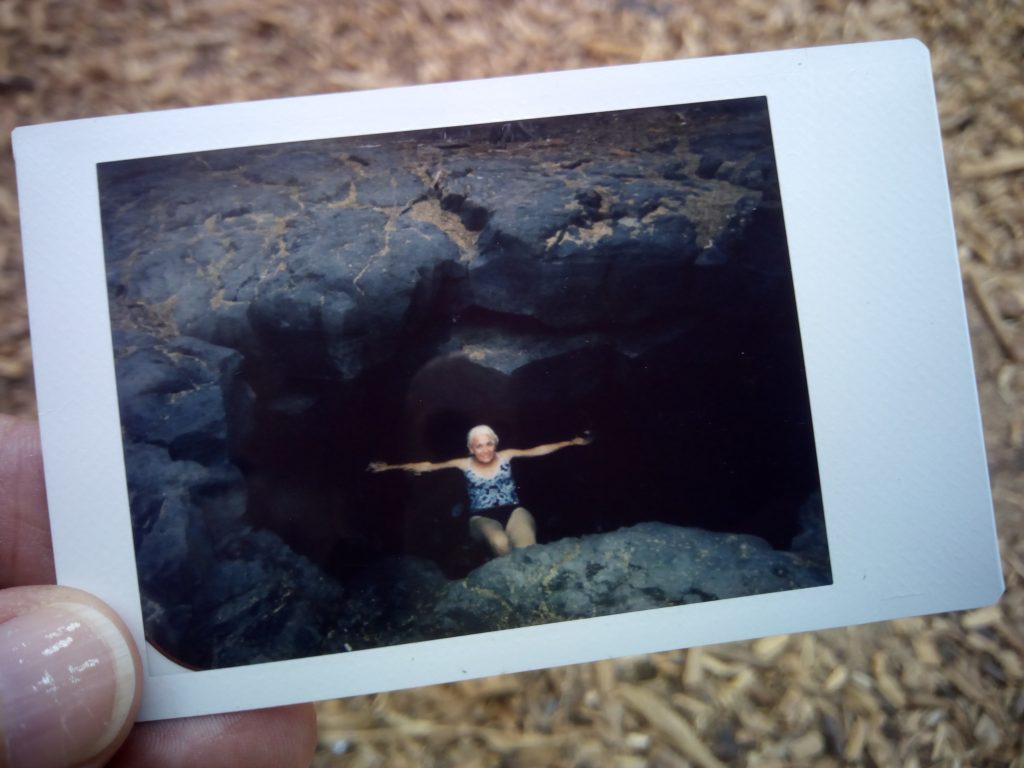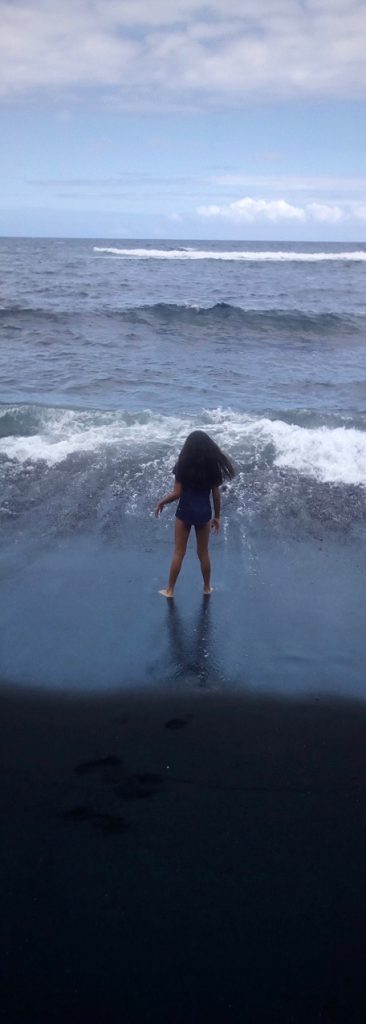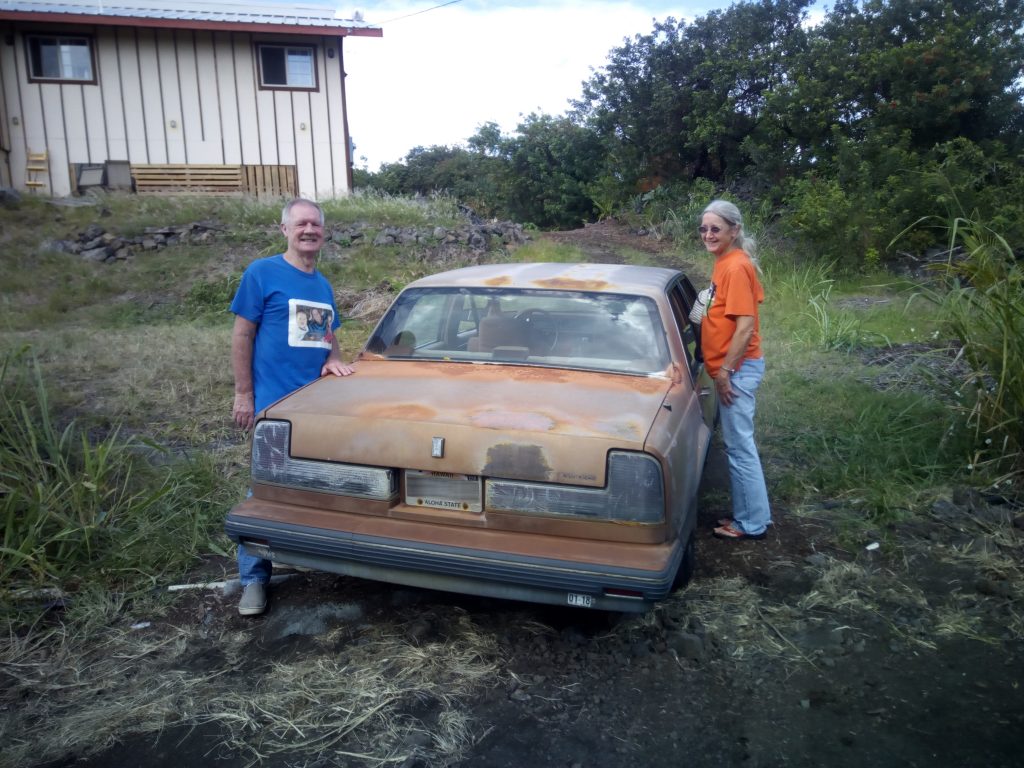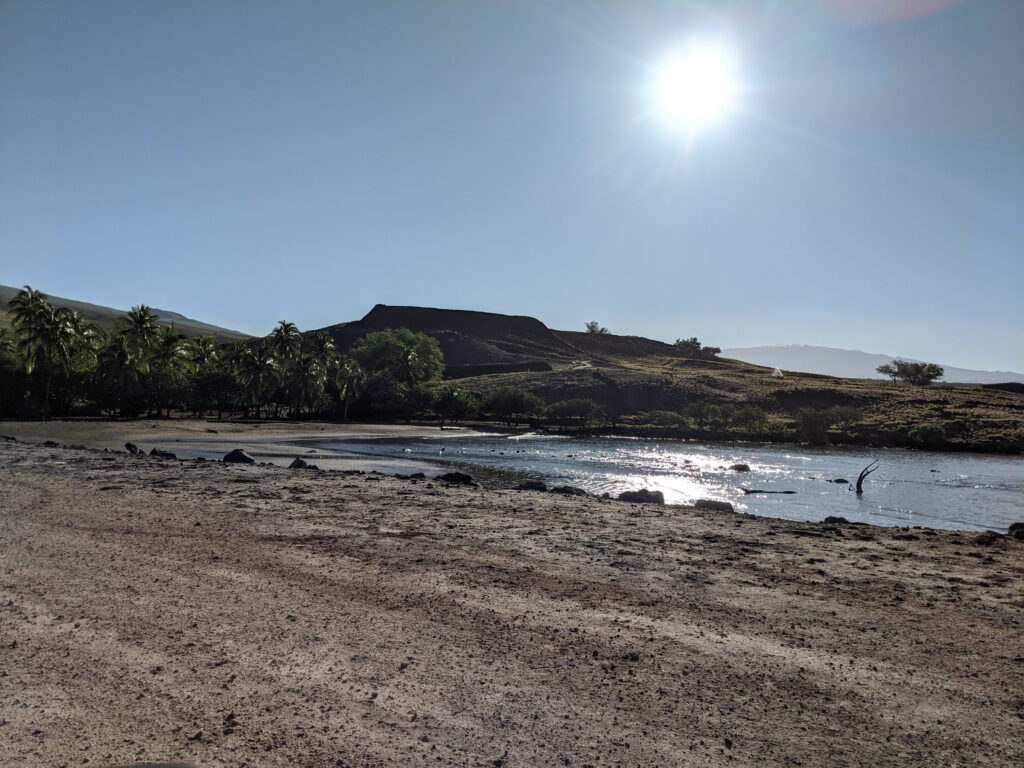
This is the Puukohola Heiau a hawaiian temple.It took one year to build and was completed in 1791. The story of the heiau is as much about religion as it is about political decision making, propaganda and warfare.
KING KAMEHAMEHA: WALKING IN ANGER
It was ordered to be built by King Kamehameha who had been King from 1782. It is said, he “walked in an aura of violence” when he was young. A little bit of power was not not enough for him, he wanted it all. He was convinced it was his destiny to subjugate all other rulers of the Hawaiian Islands. This conviction was encouraged or enhanced by a prophecy of a Kahuna (holy person). However, King Kamehameha was able to think outside of the religious box when it suited him. He tried warfare first and when this didn’t work he built a heiau to please the war god Ku.
TEN THOUSAND MEN OR MORE
In order to build a heiau you need water-worn lava rocks. So, King Kamehameha’s men carried the stones in a chain hand to hand some 25 miles (40km) from Pololu Valley. Everybody was involved, even King Kamehameha himself, except for women and individuals excluded for ritual reasons (King Kamehameha’s brother for instance). A Kahuna had the role of the architect.
At the time of construction the Hawaiian chiefs had been embroiled in a fight over supremacy for well over ten years. A completed heiau was regarded as so potent to success that other chiefs tried to prevent its construction.
To consecrate the Heiau an enemy needed to be killed, ceremonially roasted and offered to Ku. There is the curious story about one of King Kamehameha’s cousins, Keoua Ku’ahu’ula, who had fought him bitterly, but turned up at the ceremony.
SACRIFICE OR RUSE?
He must have had an inkling as to what followed next. He was captured and sacrificed. Some people think he wanted to be sacrificed. He turned up in his best gear with his best men and apparently this is how you want to go as a chief. But to what end? Were there some religious deliberations, such as he fell out of favor with the gods and the only way to get back into favor was to sacrifice himself. Keoua’s men were decimated by an eruption of the Kilauea volcano. So he must have felt that at least Pele, goddess of volcanoes, bore a grudge. Perhaps it was some sort of deceit and he was promised otherwise. When Kamehameha’s men captured them he dodged a spear, so it looks like wasn’t willing to die.
EUROPEAN WEAPONS
But king Kamehameha didn’t only rely on the power of Ku. He also enlisted (well initially kidnapped) a couple of British seamen as advisors. And ultimately this war was fought and won with European weapons.

